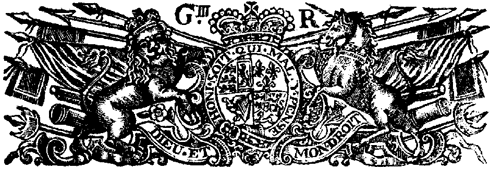

The First Foot Guards
We are a Revolutionary War
reenactment group based in Boston MA,
accurately portraying the royal household regiment that is now known as
The Grenadier Guards
Brown Bess
Misconceptions about muskets
SMOOTHBORE. The Brown Bess is not 'a rifle'. Rifling refers to the helical striations that were graved on the inside of the barrel to impart spin to the bullet, making its trajectory straighter. The Brown Bess has no such striations: it feels smooth to the touch inside the barrel. Small quantities of the Ferguson rifle were produced, and used by redcoats in the RevWar, but not to our knowledge by the First Foot Guards.
MUZZLE LOADING. The muzzle is the "business end' of the weapon (as opposed to the breech). The gunpowder and bullet have to be loaded and rammed from this end. The more advanced kind of breechloader has many advantages. The Ferguson rifle (mentioned above) was an early breechloader.
BULLETS.
There is a fundamental difference between bullets of this period and modern
ones. Even young boys are familiar with the modern long "bullet" that
comes with its own propellant charge in a brass (or other metal) container,
that is fired by percussion. Bullets (more commonly referred to as balls) were
simple spheres of lead that weighed about one ounce. The gunpowder propellant
was separate.
Compare with cannonballs. You will find some writers refer to them as 'shells',
a term that refers to combined missile and propellant.
CARTRIDGES. You might have seen reenactment minutemen and the like with those pretty powder horns that contained gunpowder. The army used pre-rolled paper cylinders that combined ball and black powder. These were kept in a cartridge box slung from the left shoulder onto the right hip. They were pre-measured and quicker to use.
REPEATING. This term refers to a semiautomatic weapon that fires a second bullet when the trigger is drawn again. The Brown Bess was decidedly not a repeating firearm. It had to be laboriously reloaded for each discharge. Nonetheless a trained soldier could load and fire at the rate of three times a minute, possibly faster. Watch a group of youngsters when they fire their wooden muskets. You never see them 'reloading'!
MUSKET. The Brown Bess is indeed a musket, and the soldier who fires it can be referred to as a 'musketeer', although this term seems to have been antiquated by the RevWar period. The First Foot Guards commands include the word "musket". What is unusual is that , unlike any other regiment, The First Foot Guards commands refer to the weapon as a "pike" whenever it has its bayonet fixed. Just one of the regimental traditions!
The word musket is derived from
the term for a crossbow bolt, which was derived from the Latin 'musca' - a fly.
You could say that the musket is a kind of 'stinger'.
In the 17th century, the common word for the weapon was a 'piece'
or 'peece'. You might still hear that term occasionally applied to the musket.
The French Battalion men were 'Fusiliers', as opposed to Grenadiers or Chasseurs (Light Infantry). This gave rise to Fusilier regiments in the British Army, and "fusil" was the term used in the British army for the short musket typically carried by NCOs.
FLINTLOCK. The Brown Bess is a flintlock. The mechanism or "lock" functions with a flint, rather than the older weapons the matchlock, and the wheellock. The flintlock was in use from about 1620, but such flintlocks as there were at that time were the toys of very rich men such as Louis XIII. The Metropolitan Museum of Art in NYC has such a flintlock, made in 1620. It took a long time for the flintlock to come into common use.
TAKE AIM!
There was no such command, because the musket was not aimed. It was
typically pointed at a target, but not 'sighted'. You are quite likely to hear
such an erroneous command in the movies.
The orders were:
"Prime and load!" ... The musket was loaded
"Make Ready!" ... The hammer was ratcheted to full cock
"Present!" ... The muskets were leveled at the enemy
"Fire!" ... The weapons were discharged.
These orders could be communicated by drumbeats, which was useful when the human
voice might not be heard in the clash of combat.
NEXT BROWN BESS PAGE
Click
Grimes Graves
Neolithic flint mine in England
Offsite
link
Davide Pedersoli
Modern manufacturer of muskets
Offsite
link
see expanded view
![]()
If you live in New
England,
Join Us!
Click